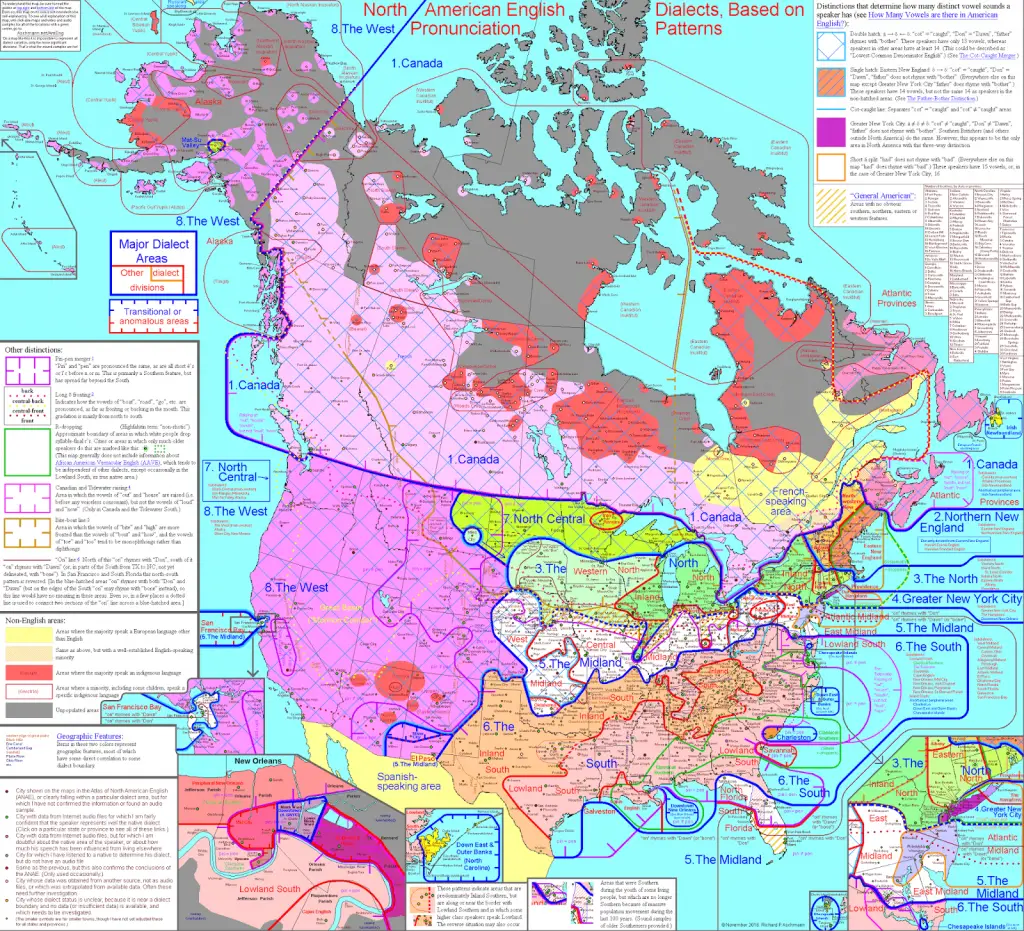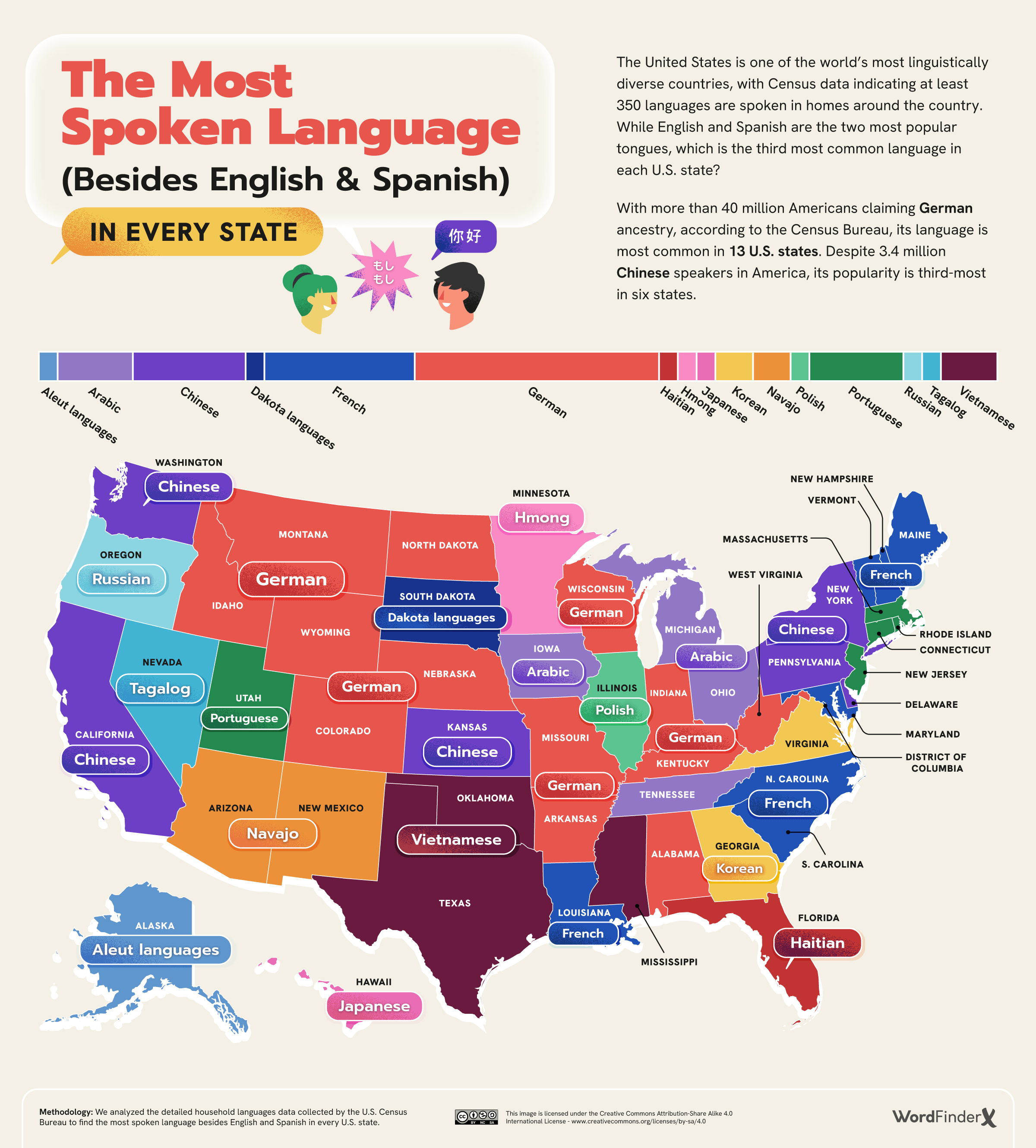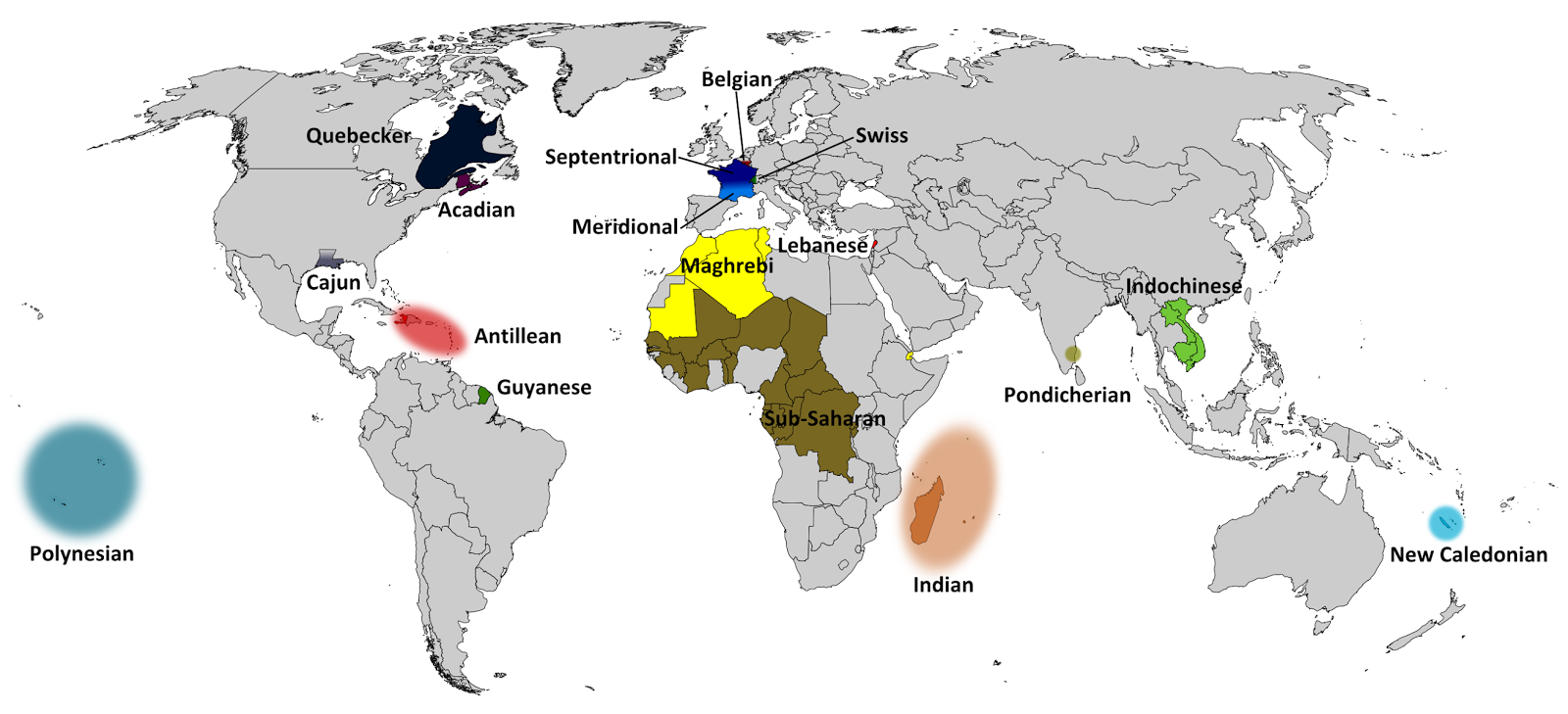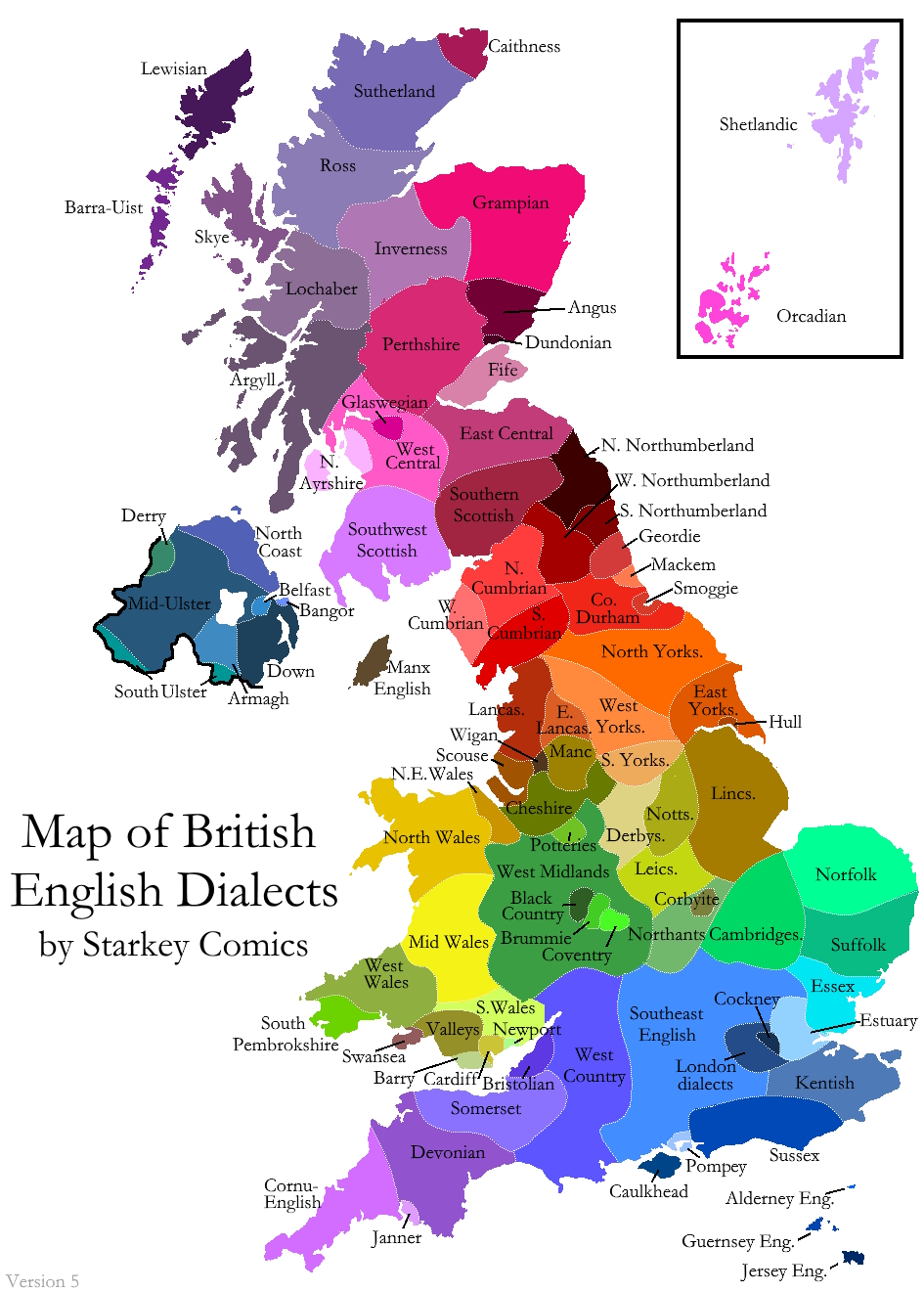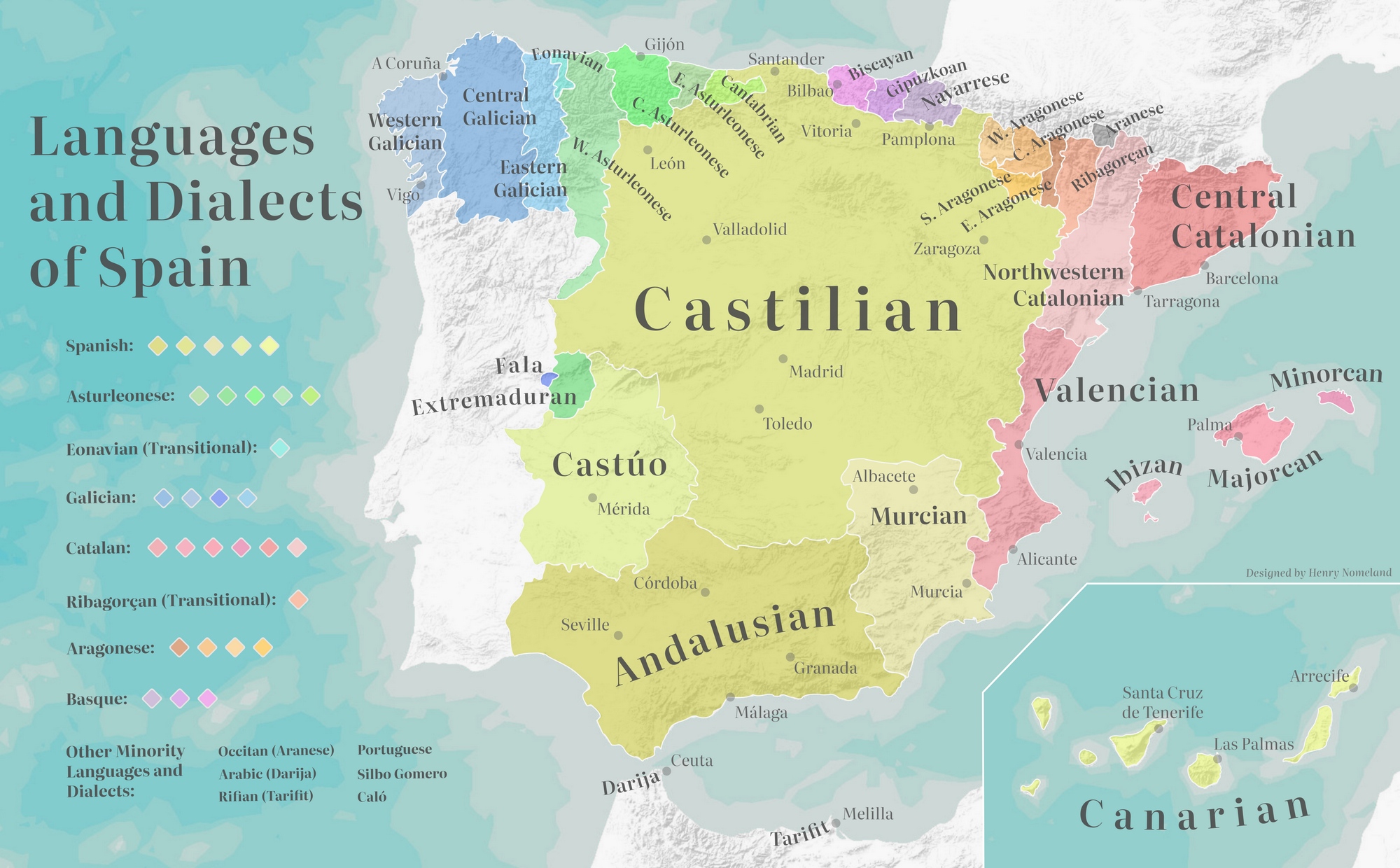North American Regional Dialects & Accents
The English language’s historical evolution has made it the most broadly spoken language in terms of geographical expansion; besides, it has also led to appear many dialects.
North American English comprises three varieties; the first one is generally known as U.S. English, the second one is called Canadian English, and the third one is the Caribbean English. Concentrating on the U.S. and Canadian varieties of the language, the minimum differences between them mean that they can be categorized as “regional variants of a single type, North American English.”
The United States English is separated into many various dialects and even sociolects; nevertheless, the main dialectal zones are geographically split into four: the Northern, the Southern, the Midlands, and the Western dialects. The first three are “the strongest regional divisions in American speech.” The Northern and the Southern dialects come first from the first settlements established in the eastern U.S. The Puritans founded these settlements in 1629 and Cavaliers in 1642.
The Midland and Western dialects originate from the southern and western settlements. The Quakers founded the southern colonies in 1675 and those in the west by residents from England, Scotland, and Ireland from 1717.

The detailed map of North American dialects and their main divisions are shown on the map below.
